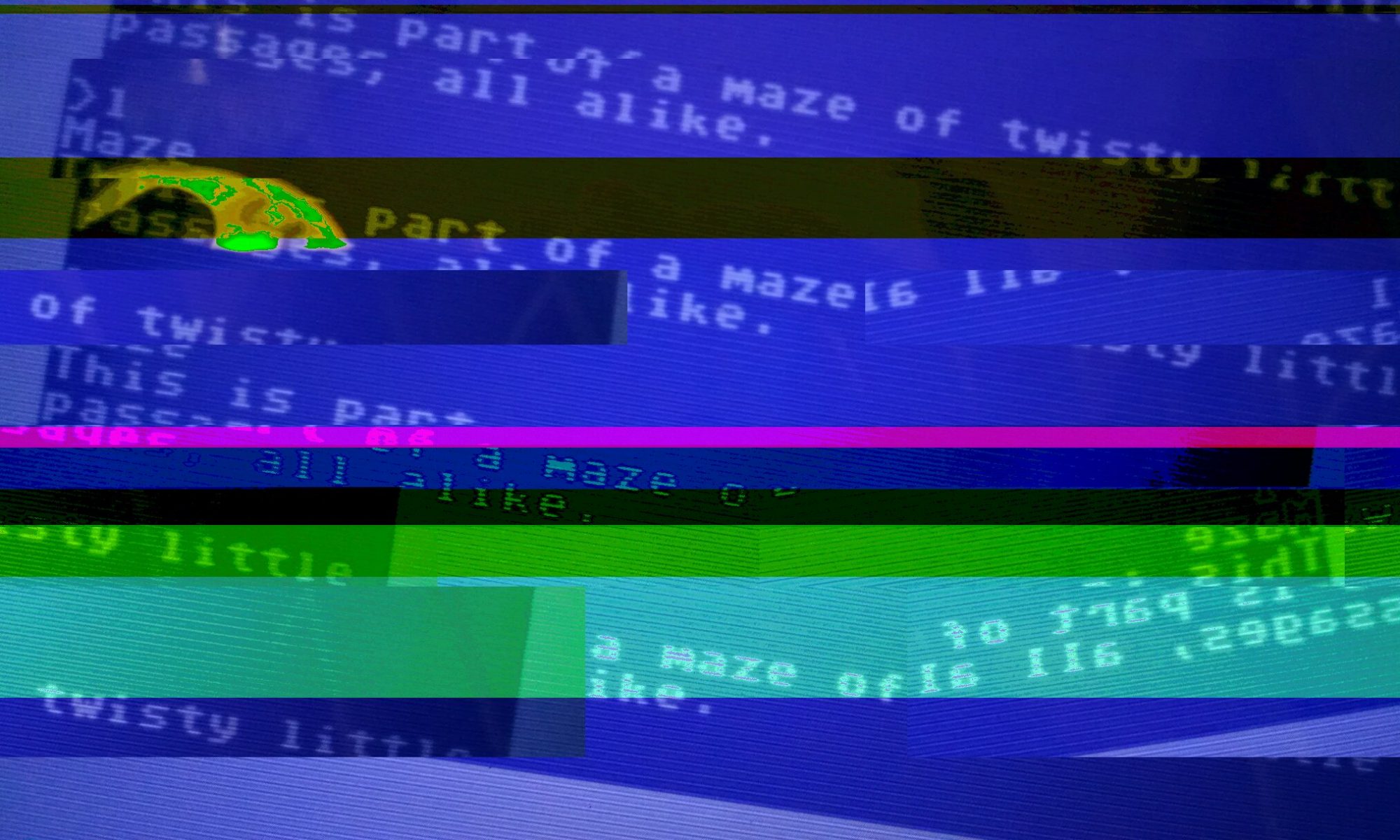I would like to respond to Adam’s post referring to Jessica Pressman’s analysis of YHCHI’s removal of user interactivity in their work. Adam mentions that recording the work on Youtube “defeats the purpose of the work by reintroducing interactivity.” It is true that Youtube allows for stopping and starting, pause and play, in order for the user to take his or her time in comprehending the words, and this particular manipulation of the original material invites once more the question of authorship. Pressman notes that YHCHI “refuse to say much about their work” (80). She goes on to analyze Dakota based on the sparse information that the authors themselves have provided. I find this interesting because Pressman is so bent on reading Dakota authorially, deciphering the artist’s intention in creating the work, yet YHCHI do not support this reading. They “can’t and won’t help readers ‘locate’ [them]” (80). The alternative, then, would be that YHCHI support Barthes’s perspective – that they would rather their audience decide the meaning of the work.
Jessica Pressman, in her authorial reading of Dakota, ignores the clearly explicated intention of the author that is to not perform an authorial reading. It is a Catch-22. However, I argue that at least one reader of the text made meaning of it in creating the Youtube video. So, is using the Youtube video to read the text incorrect, or defeating “the purpose of the work”? I don’t think so. In fact, because YHCHI explicitly denied their opportunity and ability to provide meaning for the text, I think that any way a reader decides to decipher the text is meaningful, including choosing to stop and start it. So I ask my classmates, is there a such thing as a “better” way to read this text?
If you’re interested, check out this extended interview with YHCHI.
YOO: How would you define the work of YHCHI? Digital poetry or more, digital art? Or something completely new?
YHC HI: Actually, we wouldn’t pin it down. No use making it easy on guys like you.



You must be logged in to post a comment.